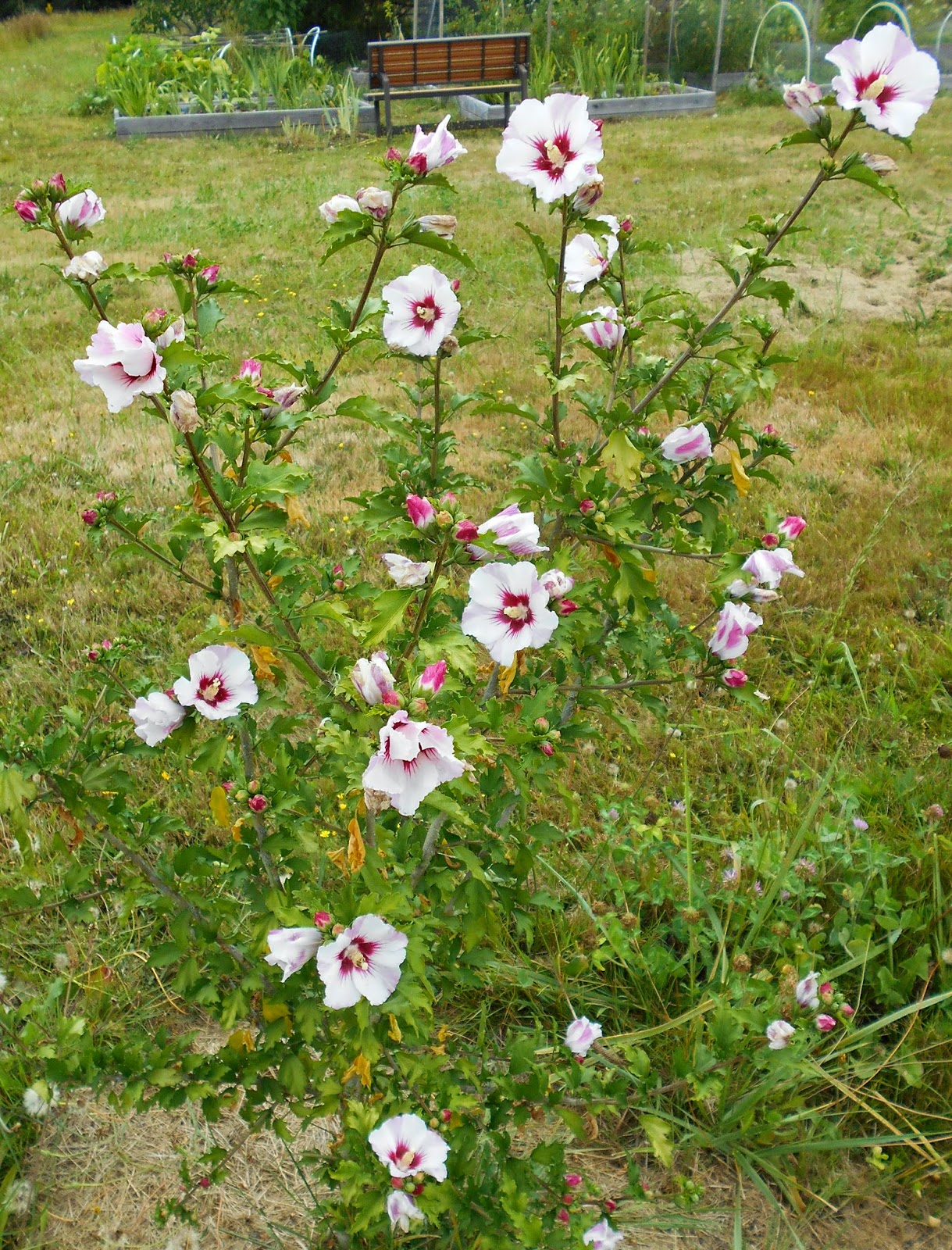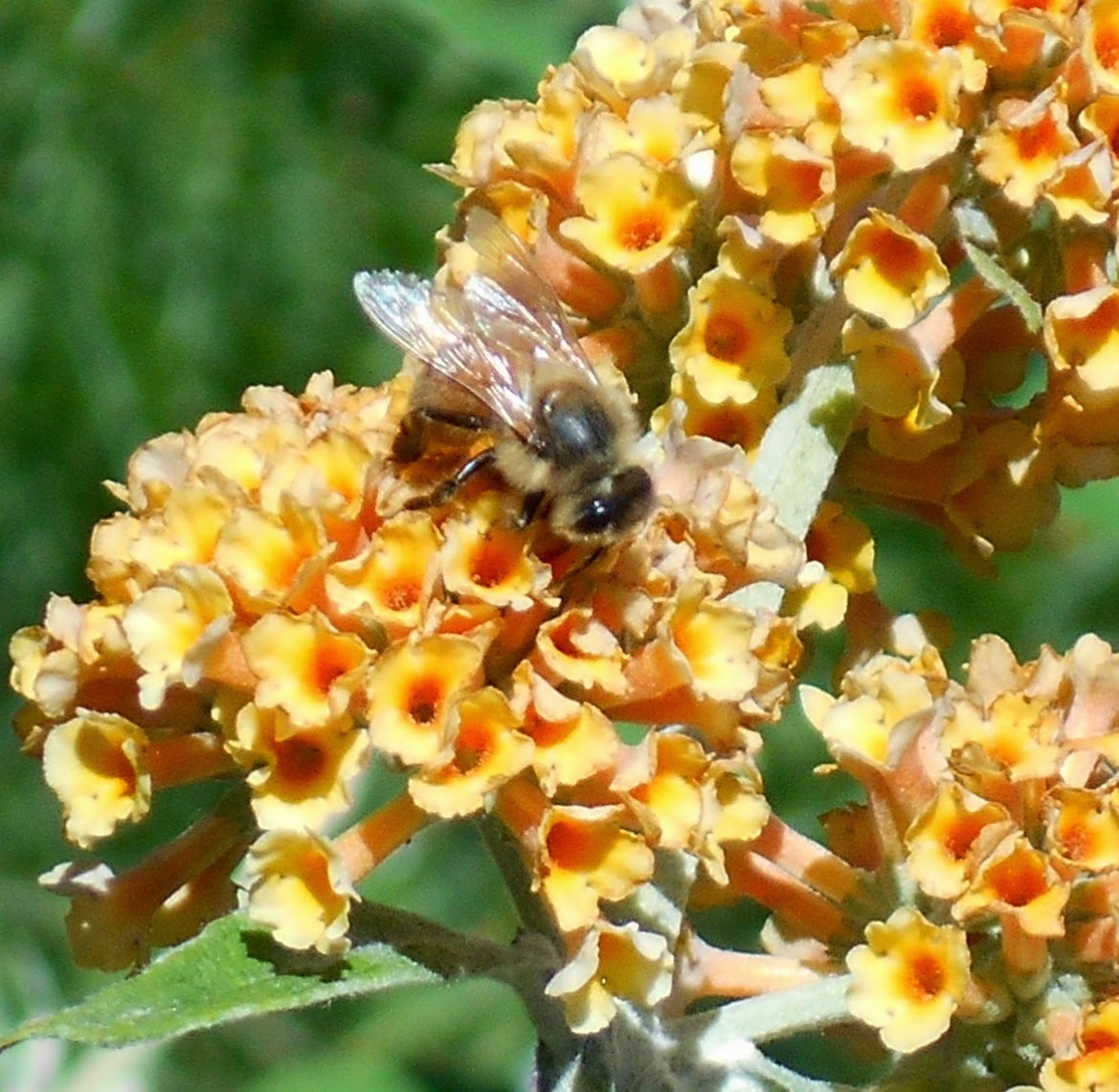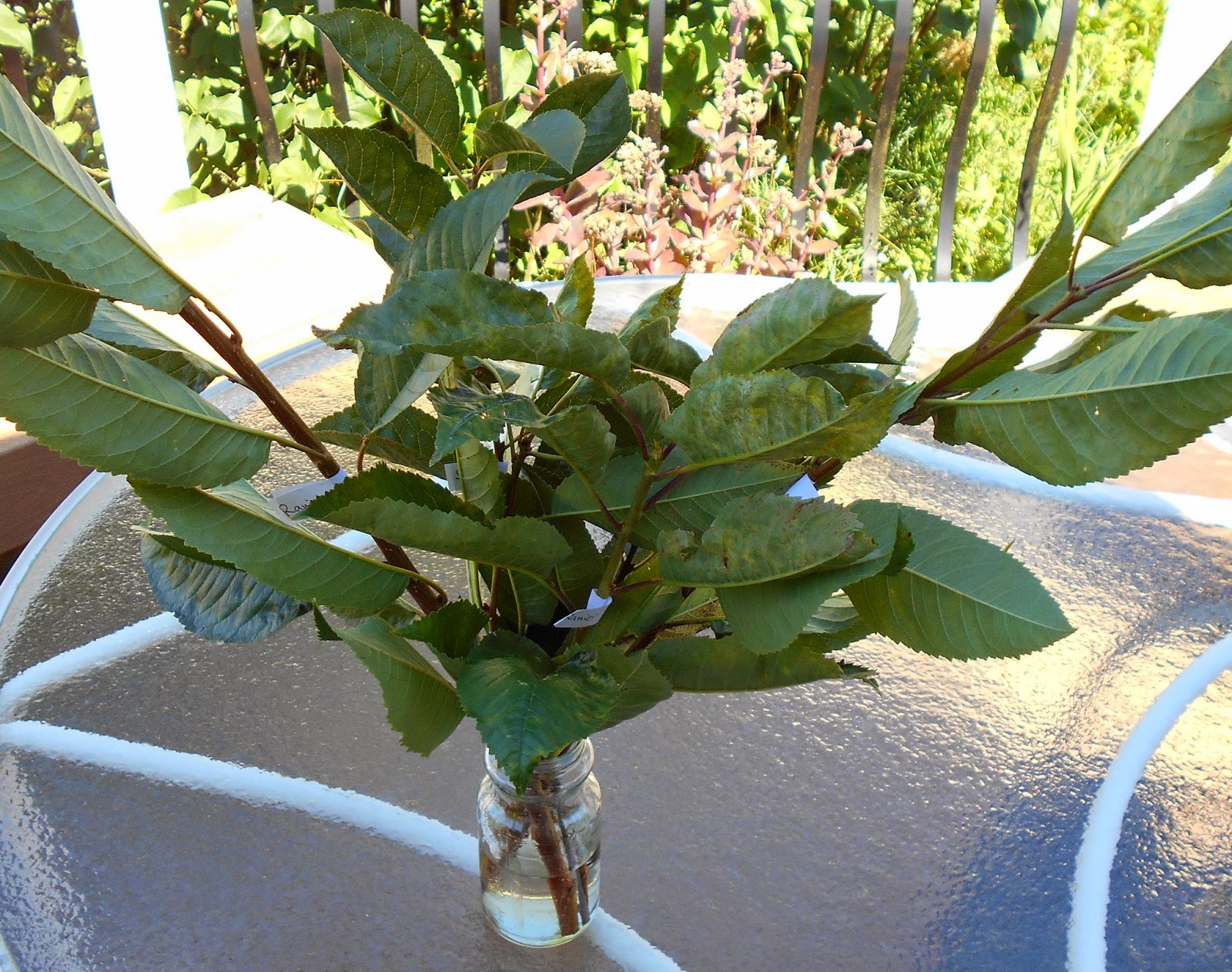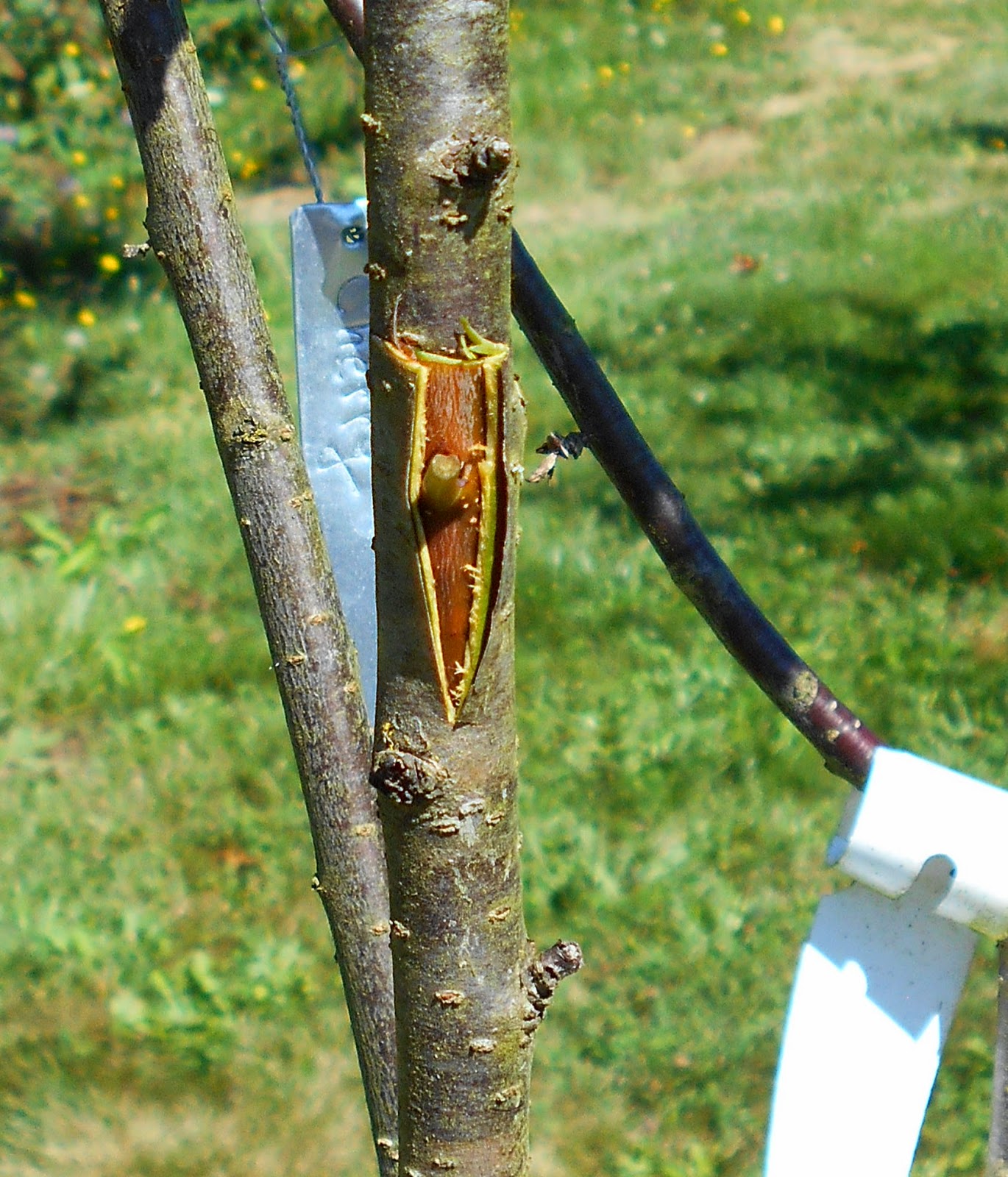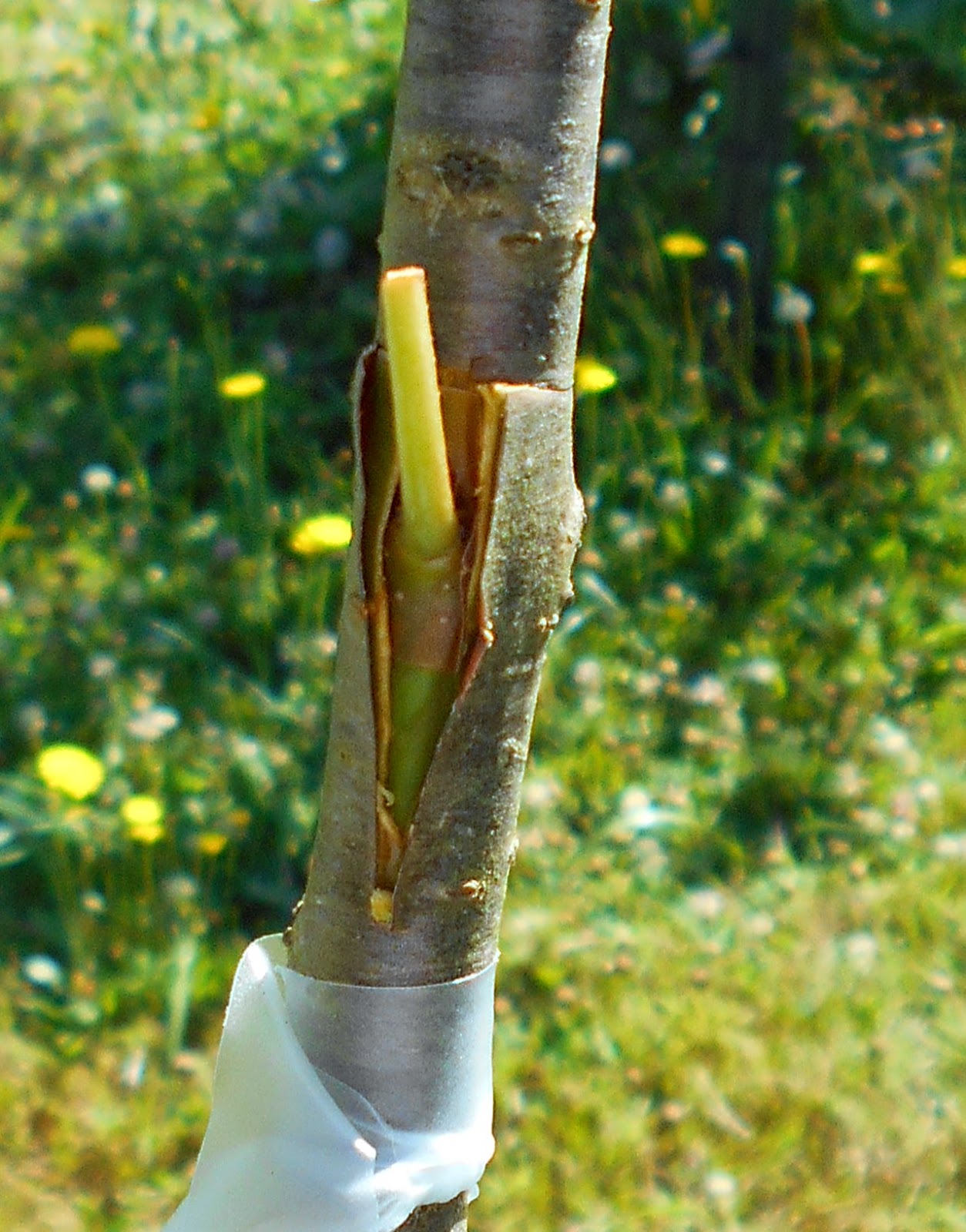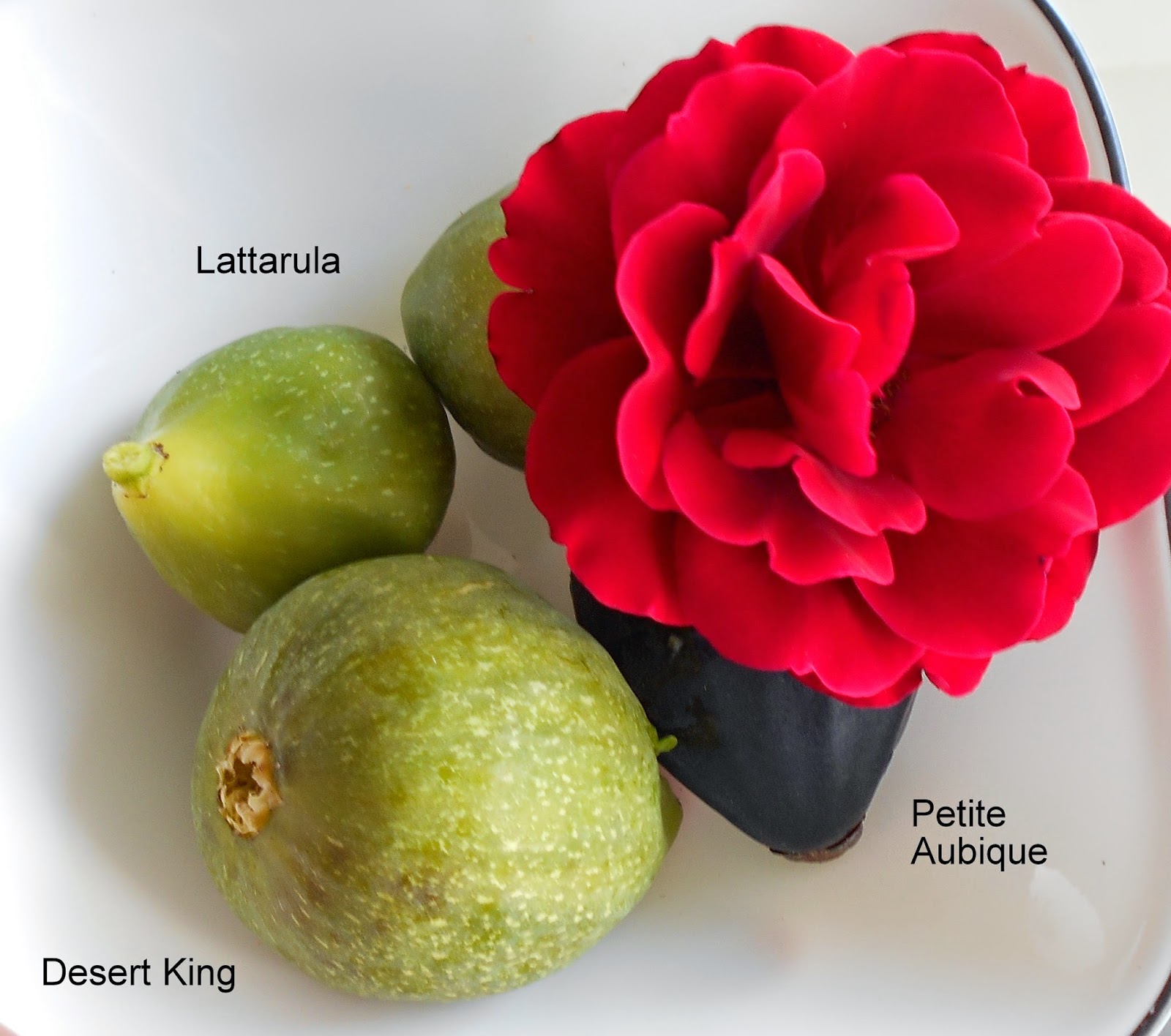 |
| Historic Bearded Iris Raised Bed #2 |
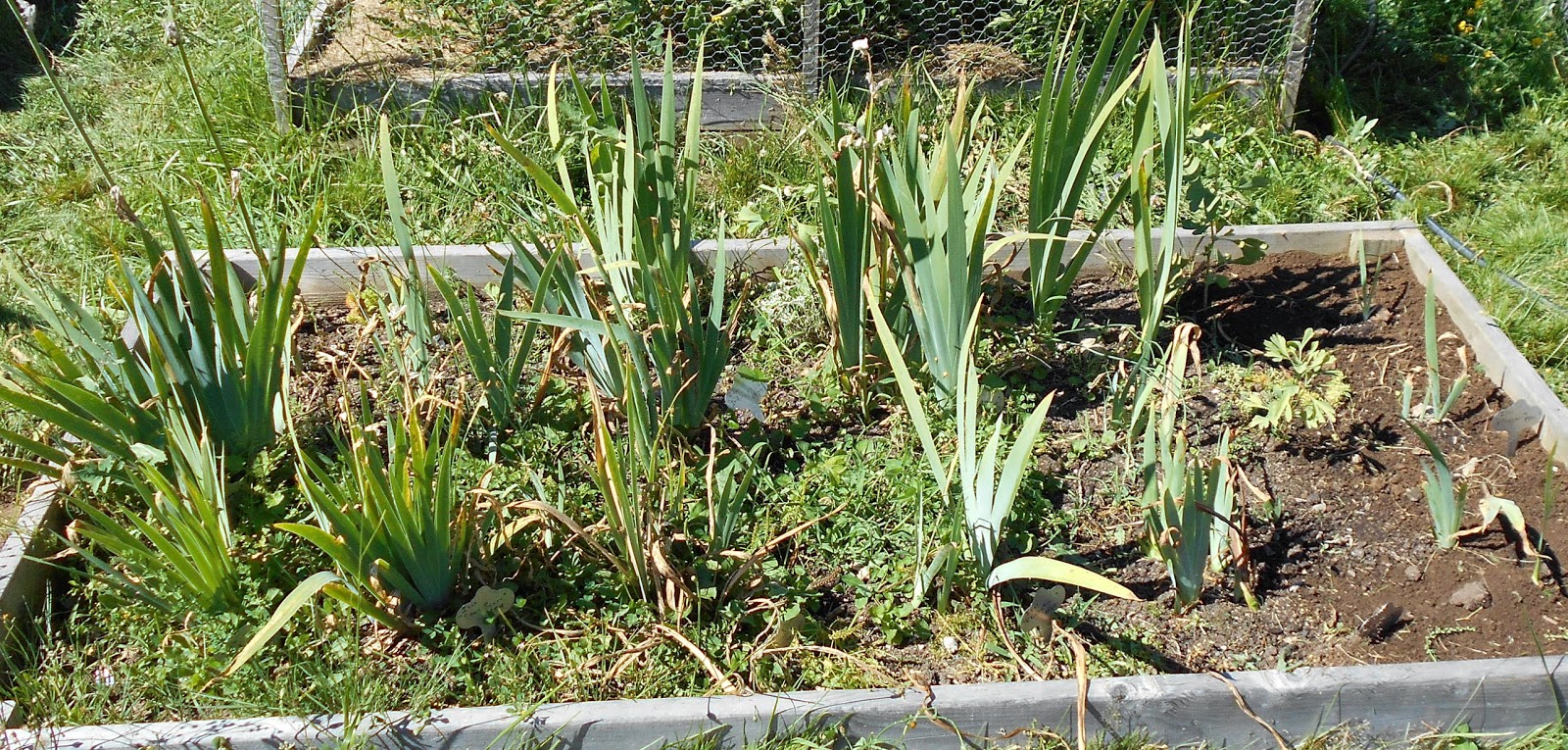 |
| Historic Bearded Iris Raised Bed #1 |
I really messed up the historic iris beds last year. I gave them lots of TLC, compost, lime, coffee grounds, eggshells, and a small nitrogen boost. Growth was lush and thick. They looked great going into winter.
Then this Spring, they grew lush again, then were hit with multiple waves of bacterial rot. Clump after clump was affected, with some losing almost all of the leaf fans, some losing a few. A few were lost entirely. Some have one tiny shoot remaining.
Meanwhile, the irises I planted in the fence-row, and in borders by the house, were entirely neglected and had no bacterial rot. They bloomed reasonably well.
Realizing the TLC was the problem, but not knowing what aspect of TLC, I left the historic iris raised beds alone for the rest of Spring and early summer.
Meanwhile, this Spring I received an order of several varieties from Old House Gardens, and this week a partial order from Schreiner's. I would not have ordered them, had I known the bacterial rot would be so challenging, but those orders were from some time back.
Today I weeded and culled Historic Bearded Iris Bed #2. Culls: All but one cluster of
Cherry Garden. That variety did survive the epidemic, but blooms too early, in the rain, which destroys many of the flowers. The bloom time is short. I still like it, very pretty, so kept one cluster. I culled Romeo, which may be mislabeled, was ugly, bloomed only in Fall for 2 years, when the flowers are made even uglier by the rains. Some varieties came through the epidemic like champions -
Loreley,
Sunny Disposition, and some fans of
Los Coyotes. The new rhizomes of
Owyhee Desert and
Gay Geisha barely survived, but have some small baby shoots. The rest were in between. From the areas where I removed rhizomes, or where there was no longer a cluster, I dug out the soil, replacing with powderized mole hill soil, without supplement or compost. I planted the replacement
Gingersnap from Schreiners, where the prior one died. I planted Mrs. George
Darwin,
Dauntless, and
Crimson King where others were removed, in the replacement soil.
Dauntless has a suspicious area, may have bacterial rot. Will try anyway. I removed the weeds and all of the sedum, so there would not be plants shading the rhizomes. I watered them in. Debated doing that. The summer days are hot, sunny, and dry. I hope that means no further epidemic, and the watering helps them establish. But no other TLC.
I pulled just enough weeds from bed #3 to plant the new variety "June Krauss". That is also in un-enriched replacement soil.
I pulled some weeds and removed clusters of Chinese Chives from Historic Iris Bed #1. I liked the
Chinese Chives there but they take too much room. I dug out the first row, including the tiny remaining sprout of
Shannopin and small sprouts of
Flavescens and
Alcazar. I replaced the soil with unimproved soil, and replanted those 3 plants. They may not have enough growth to bloom next year. If they produce enough for growth the following year, that will make me happy. I removed a few more weeds, watered the rest lightly because the soil is too hard to get the weeds out, and watered in the replanted irises.
I don't want to lose the
Alcazar. I hope it survives.
The Chinese chives are sitting in the shade. They need a new location. They are seedlings from my parents' yard, so I don't want to lose them.
